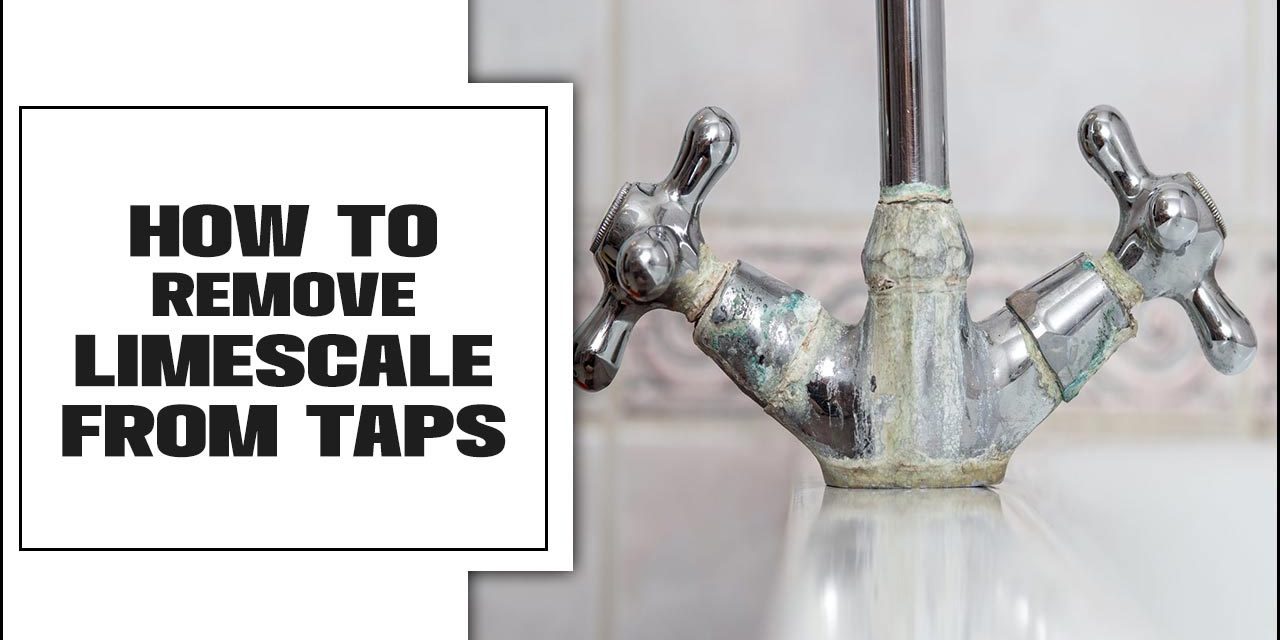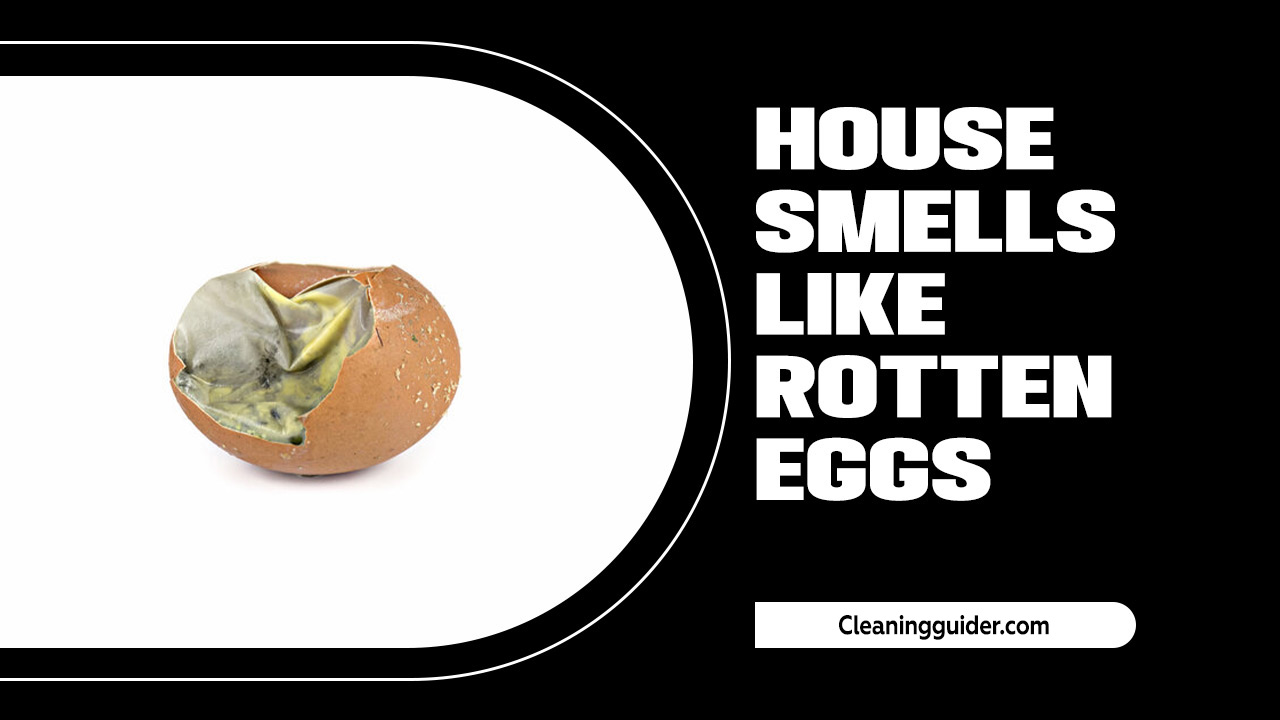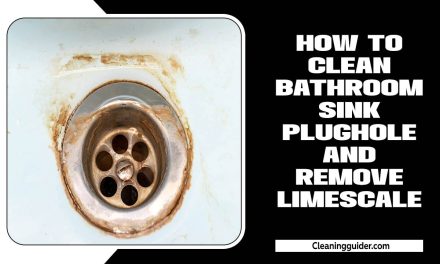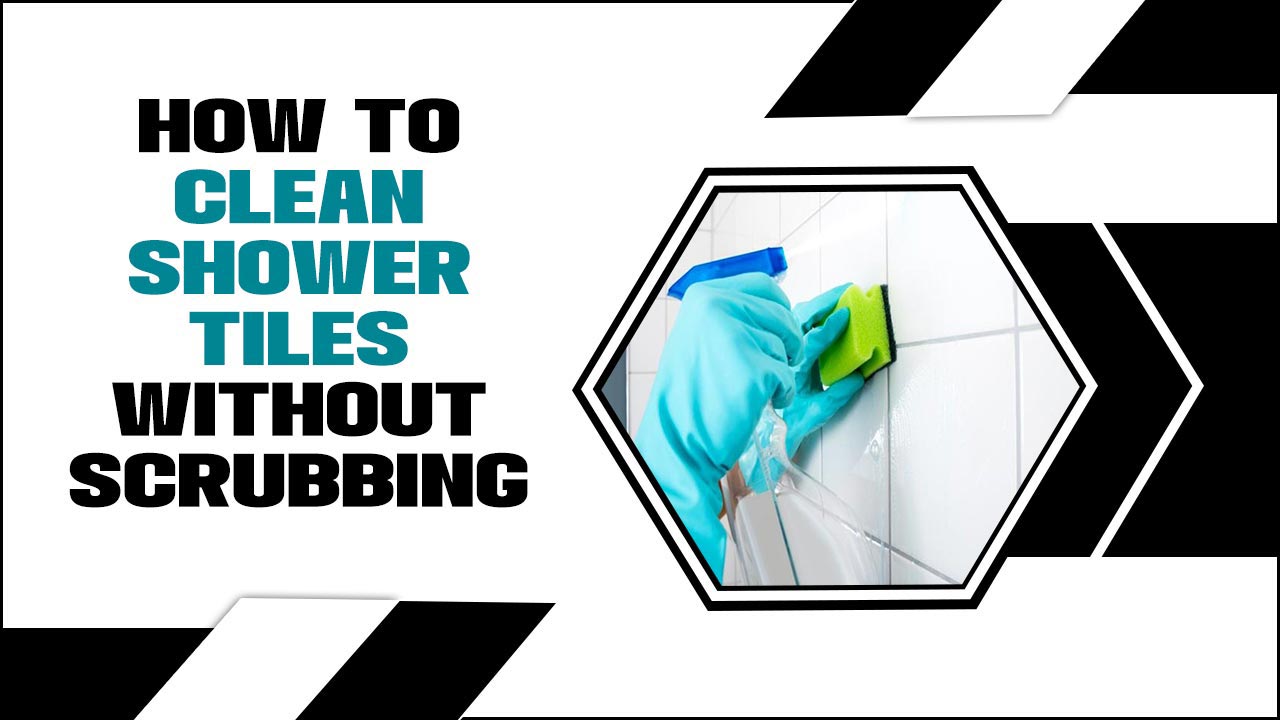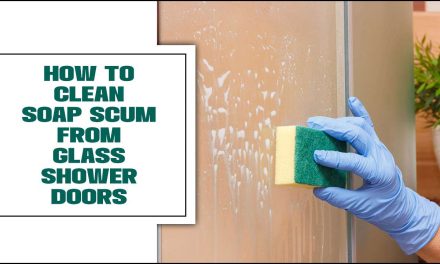Limescale, also known as calcium carbonate, is a common problem that many homeowners face. It is a hard, white, chalky deposit that builds up on taps and other surfaces when hard water is left to evaporate.
Not only does limescale make taps look unsightly, but it also affects their functionality, reducing water pressure and potentially causing leaks. If left untreated, limescale can become a difficult and time-consuming problem to remove. However, with the right knowledge and techniques, it is possible to effectively remove limescale from taps and restore them to their original shine.
Here, we will discuss the causes of limescale buildup, the potential damage it can cause, and, most importantly, the steps you how to remove limescale from taps. By following these simple steps, you can say goodbye to limescale and hello to clean, functional taps in your home.
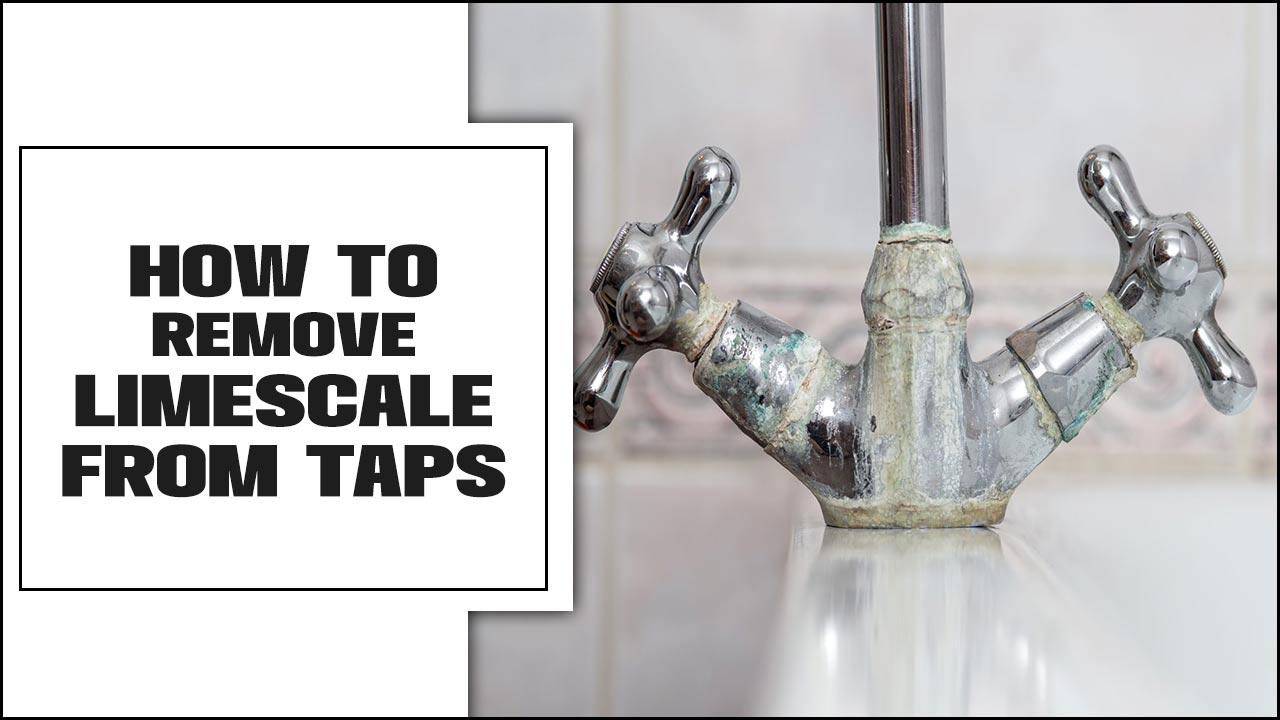
Tools And Materials Needed For Limescale Removal
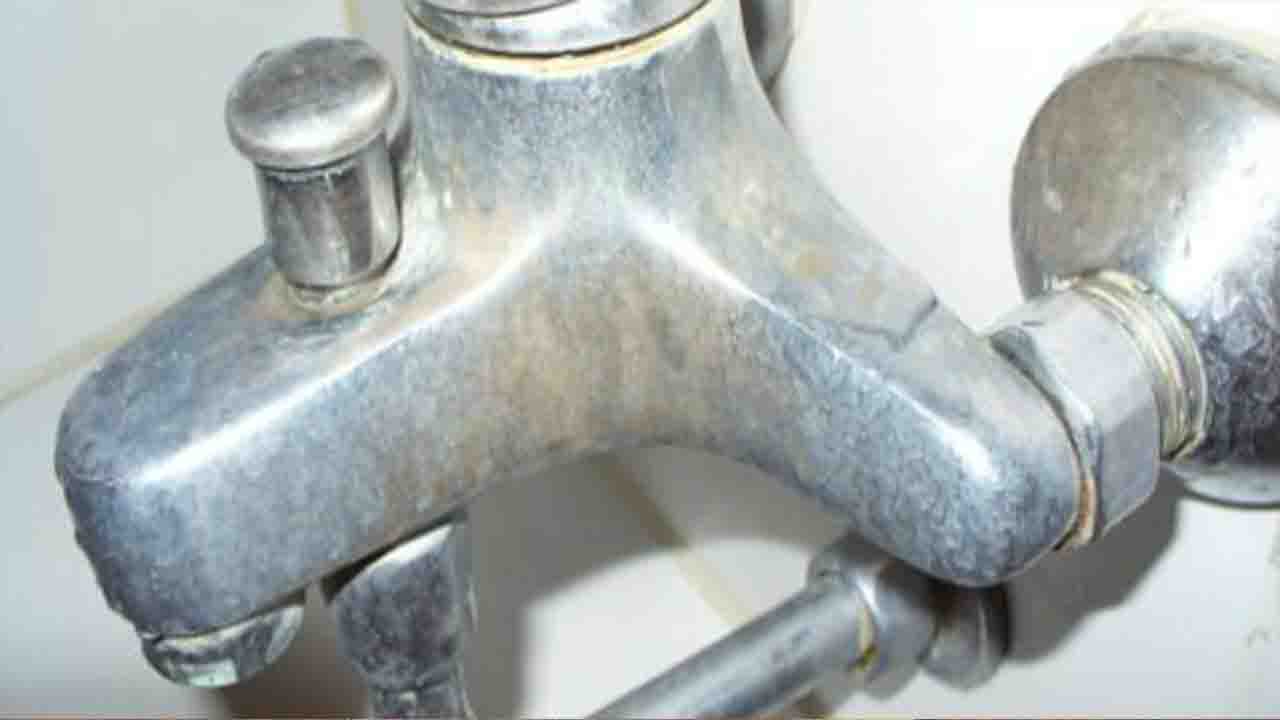
Limescale, a common problem in households and commercial establishments, is a stubborn accumulation of mineral deposits that can affect the functionality and aesthetics of various surfaces. To effectively combat this issue, it is essential to employ the appropriate tools and materials specifically designed for limescale removal. One key tool that proves to be indispensable in this endeavor is a sturdy and durable scraper. To remove limescale from taps, you will need the following tools and materials:
- White Vinegar Or Lemon Juice: These acidic substances are effective in breaking down limescale buildup.
- Old Toothbrush Or Scrub Brush: Use a soft-bristled brush to scrub away the limescale from the taps.
- Microfiber Cloth Or Sponge: Use a cloth or sponge to wipe away the limescale residue after cleaning.
- Plastic Bag Or Sandwich Bag: This will be used for descaling the taps.
- Rubber Band Or String: You will need this to secure the plastic bag around the tap.
- Warm Water: Use warm water to rinse the taps after cleaning.
- Optional: Limescale remover product: If the limescale buildup is stubborn, you may consider using a limescale remover product specifically designed for taps.
Remember to always read and follow the instructions on any cleaning products you use.
How To Remove Limescale From Taps – 4 Easy Ways
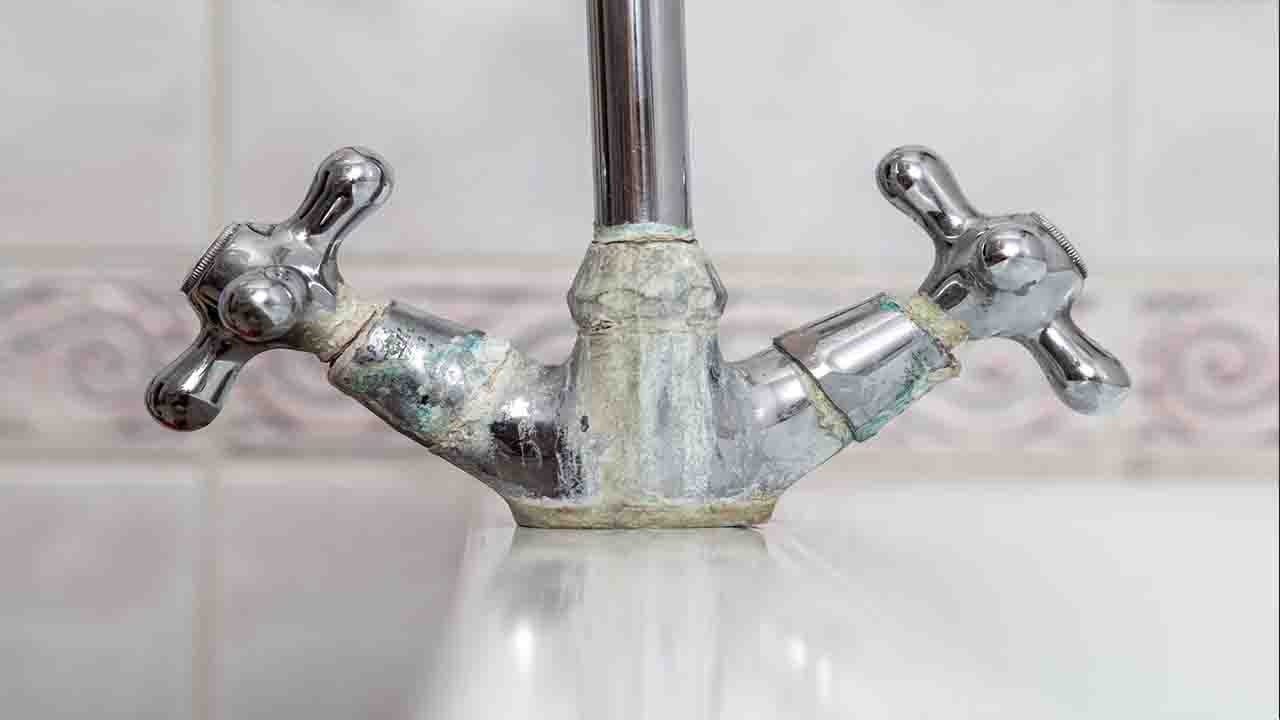
Here is are discussion on how to remove limescale from taps. Maintaining the cleanliness and functionality of our household fixtures, taps play a crucial role. However, over time, mineral deposits and limescale buildup can hinder their performance and tarnish their appearance.
It is imperative to be knowledgeable about the effective methods to remove limescale from taps, as this not only enhances their aesthetic appeal but also prolongs their lifespan. Limescale, a common problem in areas with hard water, is formed by the accumulation of calcium carbonate on surfaces.
This mineral deposit can lead to reduced water flow, blockages, and even corrosion if left unattended. To combat this issue, several techniques have been devised by experts in the field. One effective method to remove limescale from taps is by using a mixture of vinegar and water.
Vinegar, being acidic, aids in dissolving the mineral buildup. By soaking a cloth or sponge in this solution and applying it to the affected areas, one can gently scrub away the limescale. However, caution must be exercised to avoid excessive use of vinegar, as it may damage certain types of tap finishes. Here are six easy ways to remove limescale from taps:
1. Vinegar Solution

A vinegar solution can be an effective way to remove limescale from taps. To create the solution, mix equal parts of white vinegar and water. Soak a cloth or sponge in the solution and then gently scrub the affected areas of the tap.
Leave the solution on the taps for a few minutes to allow it to break down the limescale. Afterward, rinse the taps thoroughly with water to remove any residue. Vinegar is a natural acid that can help dissolve limescale and leave your taps looking clean and shiny.
2. Lemon Juice
Lemon juice is a versatile and popular ingredient known for its acidic properties and refreshing taste. It comes primarily made from freshly squeezed lemon juice, which contains high levels of vitamin C and other beneficial nutrients. Lemon juice is commonly handy in cooking and baking and as a natural remedy for various health conditions.
Removing limescale from taps, lemon juice can be an effective and natural solution. The acidic nature of lemon juice helps to dissolve the mineral deposits that build up on taps over time. To use lemon juice for this purpose, squeeze fresh lemon juice onto a cloth or sponge and rub it onto the affected areas of the tap.
Let it sit for a few minutes, then scrub gently with a soft brush or sponge. Finally, rinse the tap thoroughly with water to remove any residue. It’s important to note that lemon juice may not be suitable for all types of taps, particularly those made of delicate or sensitive materials.
3. Baking Soda Paste

Baking soda paste is a simple and effective solution for removing limescale from taps. To make the paste, mix equal parts of baking soda and water until you achieve a thick, spreadable consistency. Apply the paste to the affected areas of your taps and let it sit for about 15-20 minutes.
Then, use a soft cloth or sponge to scrub the limescale away gently. Rinse thoroughly with water and dry the taps with a clean cloth. Baking soda is a natural abrasive that helps break down and remove limescale without damaging the surface of your taps. It is also a non-toxic and eco-friendly alternative to harsh chemical cleaners.
4. Commercial Descaling Products
Commercial descaling products have specific designs to remove limescale from various surfaces, including taps. These products are usually formulated with powerful ingredients that effectively dissolve and break down the mineral build-up caused by hard water. They are available in different forms, such as sprays, gels, or powders.
When using a commercial descaling product to remove limescale from taps, it is important to follow the instructions provided by the manufacturer carefully. Generally, the steps involve applying the product to the affected area, allowing it to sit for a specified amount of time to penetrate the limescale, and then rinsing thoroughly with water.
It is advisable to wear gloves and ensure proper ventilation when using commercial descaling products, as they may contain harsh chemicals. Additionally, it is essential to choose a product that has specific designs for use on taps or bathroom fixtures to avoid any damage to the surface.
Preventing Limescale Build-Up In The Future

Preventing Limescale Build-up in the Future Limescale, a common problem arising from the accumulation of mineral deposits, poses a significant challenge in various industries and household settings.
In order to effectively tackle this issue, it becomes imperative to understand the causes and mechanisms behind limescale build-up, as well as implement proactive measures to prevent its occurrence in the future. To prevent limescale build-up in the future and keep your taps free from it, here are some tips:
- Regularly Clean Your Taps: Use a mild cleaning solution or a mixture of vinegar and water to clean your taps at least once a week. This will help remove any initial build-up and prevent limescale from forming.
- Use A Water Softener: If you live in an area with hard water, consider installing a water softener. Water softeners work by removing the minerals that cause limescale, reducing the chances of build-up in your taps.
- Wipe Dry After Each Use: After using your taps, wipe them dry with a clean cloth or towel. This will help prevent the formation of water spots and limescales.
- Use A Descaler: If you notice limescale starting to build up on your taps, use a descaling agent specifically designed for taps. Follow the instructions on the product carefully to remove the limes effectively
Maintenance Tips For Tap Care
Of household fixtures is an essential part of keeping our homes clean and functional. One common issue that many homeowners face is the buildup of limescale on taps. Limescale, which is caused by the accumulation of mineral deposits from hard water, can not only be unsightly but also affect the performance of our taps. To remove limescale from taps, you can follow these maintenance tips:
- Vinegar Solution: Create a mixture of equal parts white vinegar and water. Soak a cloth or sponge in the solution and wrap it around the affected areas of the tap. Leave it for a few hours or overnight. Then, remove the cloth and scrub the tap with a brush or toothbrush to remove the limescale residue. Rinse thoroughly with water.
- Lemon Juice: Cut a lemon in half and rub it directly on the limescale deposits. The citric acid in lemon juice helps dissolve the limescale. Leave it on for a few minutes, and then rinse with water.
- Baking Soda Paste: Make a paste by mixing baking soda with a small amount of water. Apply the paste to the limescale buildup and let it sit for a while. Scrub the area with a soft brush or sponge, then rinse thoroughly.
Common Mistakes To Avoid During Limescale Removal
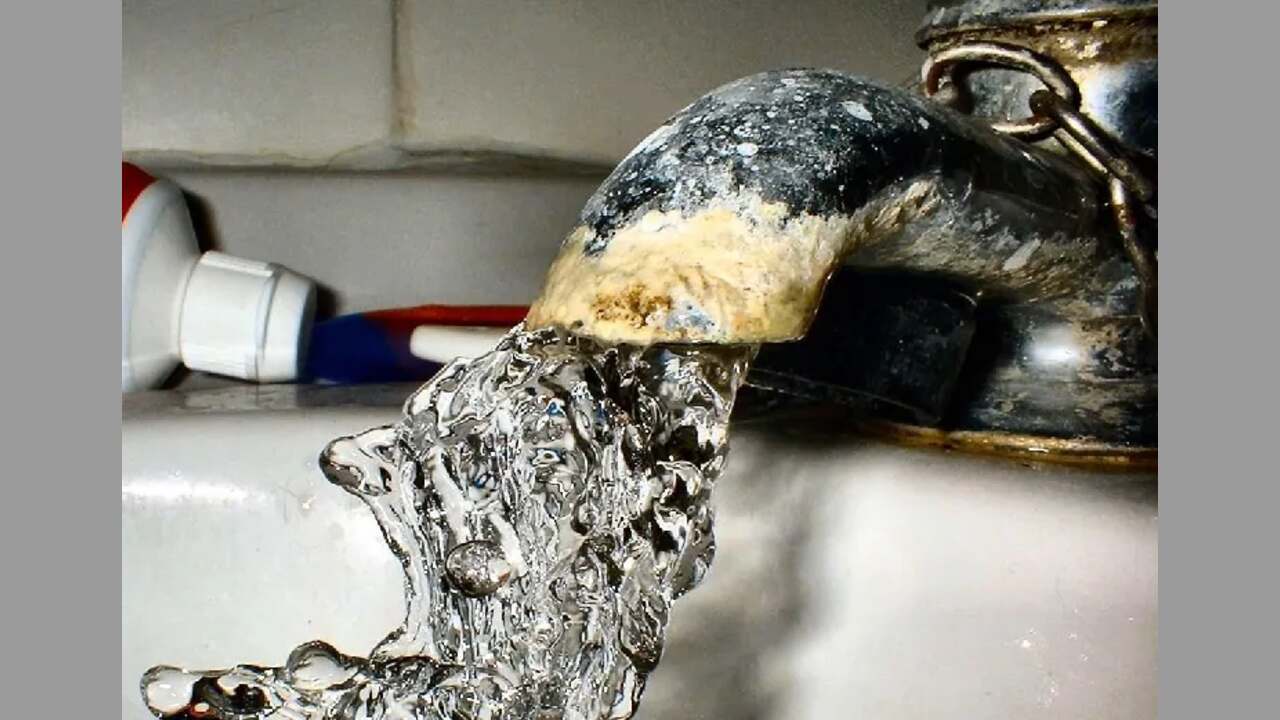
There are several common mistakes that individuals often make, leading to ineffective results or even damage to surfaces. Understanding these mistakes and learning how to avoid them is crucial for successful limescale removal. One of the most common mistakes is using abrasive materials or tools to scrub away limescale. Here are some common mistakes to avoid when removing limescale from taps:
- Using Abrasive Materials: Avoid using harsh abrasive materials like steel wool or abrasive cleaners, as they can scratch the surface of the tap. Instead, opt for non-abrasive cleaning tools such as soft cloths or sponges.
- Using Vinegar On Certain Tap Finishes: While vinegar is effective in removing limescale, it can damage certain tap finishes like brass or gold-plated taps. Check the manufacturer’s recommendations before using vinegar or opt for alternative limescale removal methods for these finishes.
- Neglecting To Protect Surrounding Surfaces: Limescale removal can involve the use of acidic cleaners or descalers, which can damage nearby surfaces. Make sure to protect surrounding areas by covering them with a cloth or using a spray bottle with a targeted nozzle to limit the spray area.
Conclusion
limescale buildup on taps can be a frustrating and unsightly problem. However, with the use of simple household items and a little bit of elbow grease, it is possible to effectively remove limescale and restore the shine and functionality of your taps.
By understanding the causes of limescale and taking proactive measures to prevent it, you can save yourself from the hassle and expense of dealing with stubborn limescale buildup in the future. So, the next time you notice limescale on your taps, don’t panic. Follow these steps, and you’ll have your taps looking good as new in no time. We hope now you understand how to remove limescale from taps.
FAQ
1.What Are Some Effective Home Remedies For Removing Limescale From Taps?
Ans: Some effective home remedies for removing limescale from taps include using a mixture of vinegar and water, lemon juice, baking soda, or a commercial limescale remover. These solutions can be applied to the affected areas, left to sit for a few minutes, and then scrubbed or wiped away with a cloth or sponge. Regular maintenance and cleaning can help prevent limescale buildup in the future.
2.Are There Any Commercial Products Specifically Designed For Removing Limescale From Taps?
Ans: Yes, there are numerous commercial products available that have specific designs for removing limescale from taps. These products typically come in the form of limescale removers, descalers, or cleaners. They often contain ingredients such as citric acid or vinegar, which effectively break down and dissolve the limescale buildup.
3.Can Vinegar Be Used To Remove Limescale From Taps?
Ans: Yes, vinegar can be handy to remove limescale from taps. The acidic properties of vinegar help to dissolve the mineral buildup, making it easier to wipe away. Soak a cloth or paper towel in vinegar and wrap it around the affected area, leaving it to sit for a few hours or overnight. Afterward, scrub the tap with a brush or sponge and rinse thoroughly. For tougher limescale deposits, you may need to repeat the process or use a stronger vinegar solution.
4.How Frequently Should Taps Be Cleaned To Prevent Limescale Buildup?
Ans: Taps should be cleaned regularly, ideally once a month, to prevent limescale buildup. Regular cleaning helps remove any existing limescale deposits and prevents them from becoming more stubborn and difficult to remove. It also helps maintain the appearance and functionality of the taps, ensuring they continue to work properly and have a longer lifespan.
5.Are There Any Preventative Measures That Can Be Taken To Minimize Limescale Buildup On Taps?
Ans: Yes, several preventative measures can be taken to minimize limescale buildup on taps. One effective method is to regularly clean the taps with a mixture of vinegar and water. This can help dissolve and remove any existing limescale. Additionally, using a water softener or installing a water conditioner can help prevent limescale buildup by reducing the mineral content in the water.

